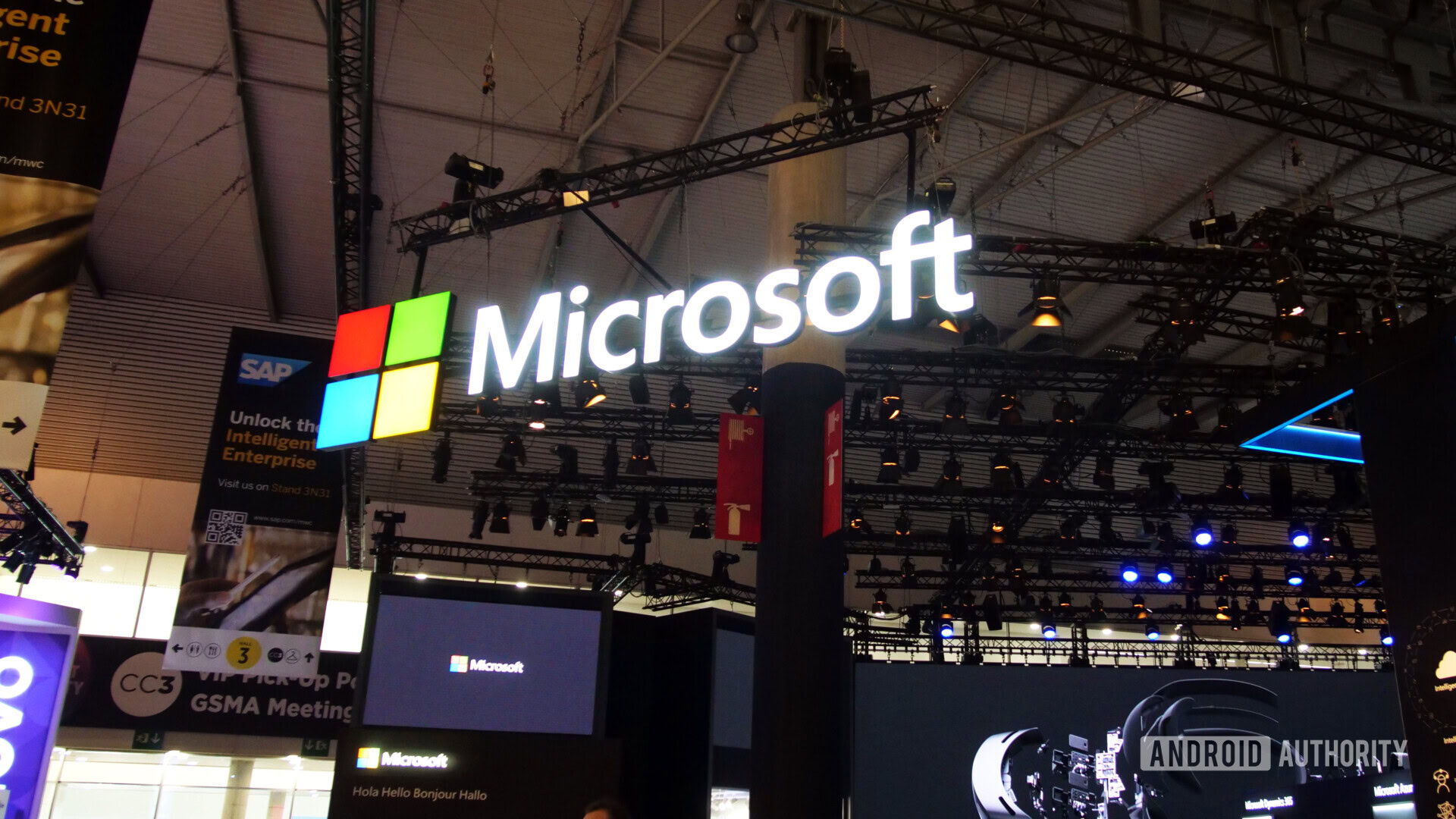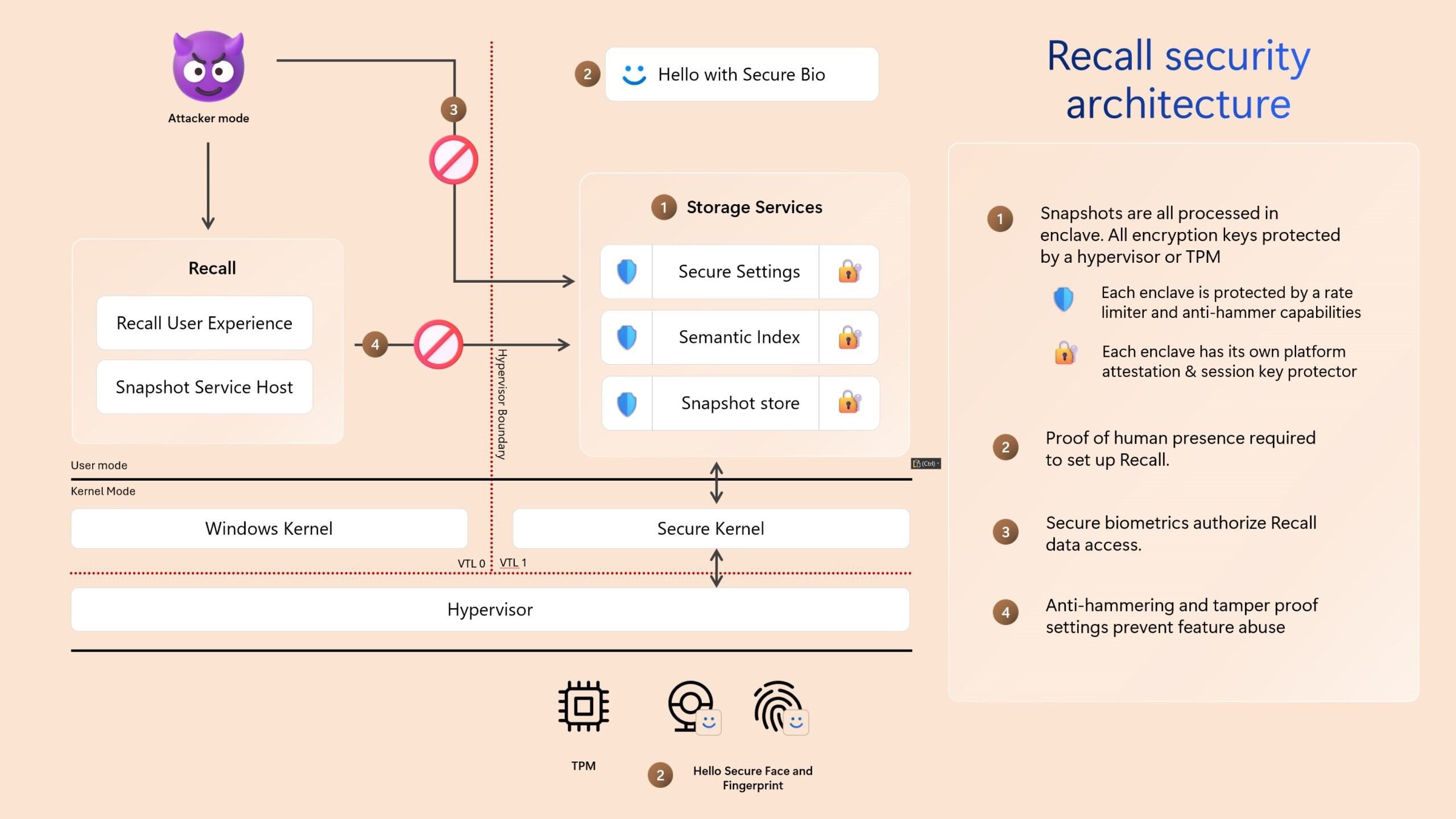Affiliate links on Android Authority may earn us a commission. Learn more.
Microsoft's beefed up Recall security model includes a blessed uninstall option
Published onSeptember 27, 2024

- After months of controversy, Microsoft is finally confirming the ability to uninstall Recall.
- The company has done a full review of Recall’s security, and explains why users should trust it.
- Recall will finally be available for testing on Copilot Plus PCs in October.
Big companies don’t need to listen to the little guy, right? Progress is coming for us all, whether we like it or not? One of the many AI-adjacent controversies to grab headlines this year has been Microsoft’s announcement of Recall, a feature for Copilot Plus PCs that uses AI processing of automatically grabbed screenshots to create a record of your historical usage. After facing delays, and rumors of an uninstall option, Microsoft is actually stepping up to explain that it hears us, that it’s made some changes to Recall in the interest of security — and that you really can uninstall it.
Recall’s power is a big reason why so many people are concerned about it. If it knows basically everything you do on your PC, anyone who has access to Recall has access to all of your data — it’s a security nightmare. And that’s part of why when the arrival of Microsoft’s KB5041865 update made it look like it would be possible to uninstall Recall, so many people were interested. At the time, though, Microsoft explained that this was in error, and it seemed like Recall would always be there, like it or not.
In a lengthy blog post today, Microsoft shows some real signs of whatever the corporate equivalent of soul-searching is, and outlines an approach to Recall’s launch that prioritizes security and user choice. And the biggest news: You actually can uninstall it, after all!
Recall is an opt-in experience. During the set-up experience for Copilot+ PCs, users are given a clear option whether to opt-in to saving snapshots using Recall. If a user doesn’t proactively choose to turn it on, it will be off, and snapshots will not be taken or saved. Users can also remove Recall entirely by using the optional features settings in Windows.
That is going to set a whole lot of minds at ease. But if you’re still open to the idea of Recall, and just had a few concerns about its implementation (especially when it comes to your data security), Microsoft wants to convince you. Everything in Recall will be encrypted and tied to your machine’s Trusted Platform Module (TPM), and accessing that data will take advantage of Windows Hello Enhanced Sign-in Security biometrics.
Further, since Recall only works on Copilot Plus PCs, it can lean into the security model enforced by that architecture. Microsoft goes into some detail explaining the inner workings of Recall’s approach to data security — and we think that’s exactly what some of the more paranoid voices out there needed to see from the company. If you’re still feeling on edge, go ahead and check out the full breakdown for yourself.
As of now, Recall looks like it’s still planning to go live for public testing sometime this October.
